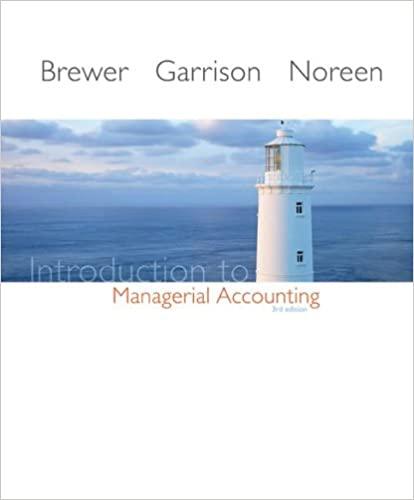ACCT 2100 Introduction to Financial Accounting Chapter 7 Group Exercise Fall 2018 Following is a summary of the first quarter's inventory activity for Scot Kilts Corporation's most popular tartan, the McInnis. Scot uses a perpetual inventory system: Transaction Beginning inventory, January 1, 2018 First quarter transactions: Units 400 Unit Cost a. Purchase, January 15 b. Sale February 1 c. Sale March 5 d. Purchase, March 25 600 (160) (700) 460 $32.00 35.00 Required: 1. Compute cost of goods available for sale using the average cost (round average cost per unit to the nearest cent), first-in, first out, and last-in, first out inventory methods. Assume unit costs of $30, $31 and $29 respectively for the opening inventory 2. Compute ending inventory using the average cost (round average cost per unit to the nearest cent), first-in, first out, and last-in, first out inventory methods. 3. Compute cost of goods sold using the average cost (round average cost per unit to the nearest cent), first-in, first out, and last-in, first out inventory methods. ACCT 2100 Introduction to Financial Accounting Chapter 7 Group Exercise Fall 2018 Following is a summary of the first quarter's inventory activity for Scot Kilts Corporation's most popular tartan, the McInnis. Scot uses a perpetual inventory system: Transaction Beginning inventory, January 1, 2018 First quarter transactions: Units 400 Unit Cost a. Purchase, January 15 b. Sale February 1 c. Sale March 5 d. Purchase, March 25 600 (160) (700) 460 $32.00 35.00 Required: 1. Compute cost of goods available for sale using the average cost (round average cost per unit to the nearest cent), first-in, first out, and last-in, first out inventory methods. Assume unit costs of $30, $31 and $29 respectively for the opening inventory 2. Compute ending inventory using the average cost (round average cost per unit to the nearest cent), first-in, first out, and last-in, first out inventory methods. 3. Compute cost of goods sold using the average cost (round average cost per unit to the nearest cent), first-in, first out, and last-in, first out inventory methods







